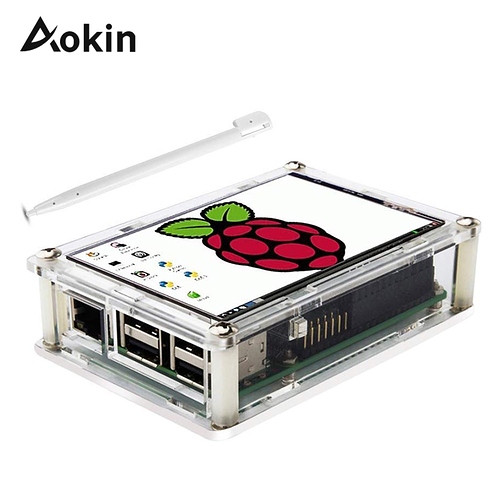I’m wanting to buy an OP-1, and since resistance is futile I will probably buy one regardless of learning things I never wanted to hear. Regardless, I’ve got a bunch of questions if anyone fancies answering some, so prepare for an epic-length debut post!
I almost completely decided against buying an OP-1 after noticing it has no built-in card slot for storage. I started telling myself “It doesn’t matter, just deal with the fact it needs its hand holding with a computer in order to be viable”. Fact is though, it does matter, quite a lot actually, and I’m curious if Teenage Engineering have ever hinted at fixing this limitation with an update?
Now you might ask, but how can they when the machine has no card slot?
Well here’s how: A firmware update could give OP-1 the same ability they gave to the Pocket Operators. The PO-33 and PO-133 samplers, for example, are able to back-up their contents and load them back into the device using audio input and output. The OP-1 also has an audio input and output so I cannot imagine why this ability could not be added to the OP-1 in a firmware update. If they did this, suddenly, every OP-1 user would be able to make back-ups of their OP-1 wherever they are, you just hook it up to a hand-held digital recorder or whatever. The storage permitted on these recorders would allow you to make masses and masses of back-ups on a single card.
My second question, again relates to a limitation the device has, but could be remedied in an update. The OP-1 has Stereo In, Stereo Out, and an internal Stereo Mixer, right? Imagine you had just mixed down to the Album using the Stereo Mixer, but then wanted to capture that back to the Tape. The problem is you get a mono recording when actually, since there are four tracks in total, there is no hardware-limiting reason why you could not do it in Stereo. To do so, all you would need is an option to choose which two of the four Tape tracks you would like occupying with the left and right channels of the Album. All the Album is is two channels of audio, so having this option would fix the limitation.
Same when sampling from the Line Input; just add the option to sample to any two selected tracks instead of summing it down to one. This means the digital recorder you would have with you if they fixed the back-up limitation mentioned earlier, could also function as a way to grab ‘Stereo’ samples of environments, and have the samples retain their Stereo image when recorded onto the OP-1’s tape.
Third thing, when a product like the OP-1 displays such obvious genius and finesse in design, you’d think those same developers would have thought of a creative way of enabling you to name your presets on the device, and of course, have the ability to delete them.
So that’s it really. I love the OP-1 dearly and don’t even own one yet, but seriously, some of the limitations seem a bit, well, wrong. As I said at the start, I’ll probably end up buying one anyway, but it would make my decision to purchase a heck of a lot more enjoyable if any of the suggestions above have ever been hinted at by Teenage Engineering for a future update. Just seems wrong that such an expensive device that benefits from being portable, is needlessly lamed by these limitations.
We’re talking £1200 for an OP-1, yet only £85 for a PO-133 which puts the OP-1 to shame when it comes to storage, and that surely should not be the case on their premium product. Would really love to hear from anyone if they know anything, or maybe even Teenage Engineering themselves if they get to read this.
I hear it’s the OP-1’s 10 Year Anniversary this year, so congratulations to Teenage Engineering, but please, if you can, please add these features in a much needed update!






